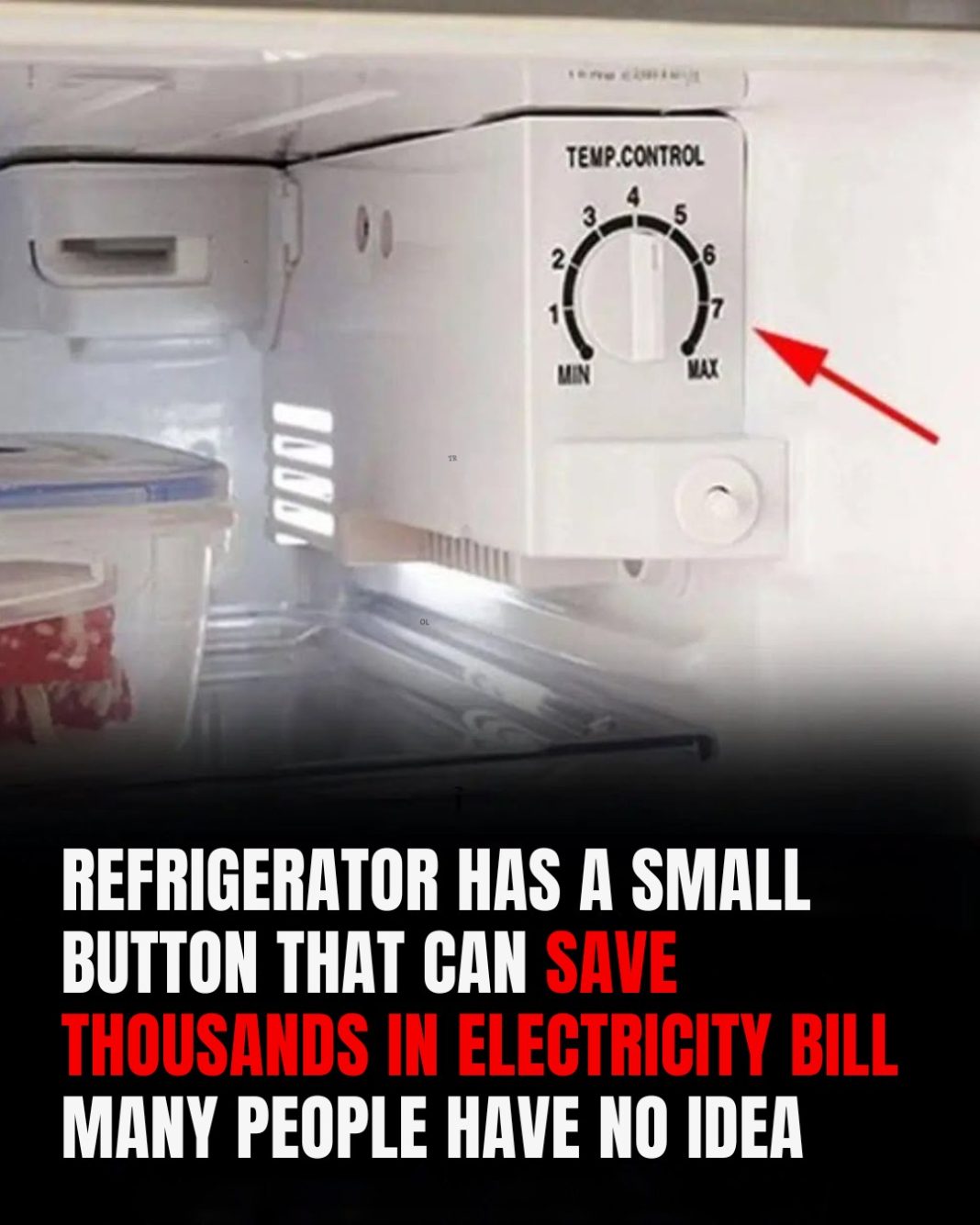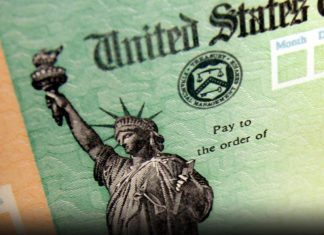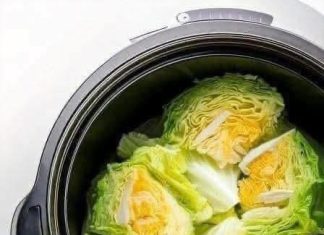Maximizing Refrigerator Efficiency: Tips to Save Energy and Costs
Refrigerators play an indispensable role in modern households, serving as critical appliances for food preservation and storage. However, they are also notorious for their high energy consumption, which can lead to increased electricity bills. According to the U.S. Department of Energy, refrigerators account for approximately 6% to 8% of a typical household’s annual energy consumption. With rising electricity costs, it’s essential to explore effective strategies to enhance your refrigerator’s efficiency. Fortunately, there are several effective strategies you can implement, especially during the colder months. A few small adjustments can lead to significant savings and a reduced carbon footprint.
Adjust Temperature Settings for Seasonal Efficiency
One of the simplest yet most impactful changes you can make to your refrigerator is adjusting the temperature settings according to the season. During winter, the ambient temperature is lower, which means you can set your fridge to a warmer temperature without compromising food safety. Aim for settings between 2°C and 5°C (around level 1 or 2) instead of the colder settings you might use in summer. This adjustment not only helps maintain the quality of your food but also minimizes energy consumption.
For example, if you usually keep your refrigerator at 3°C, you might consider raising the temperature slightly to around 4°C during the winter months. By doing so, you can save up to 10% on energy usage while still ensuring that perishable items like dairy and meats stay fresh. Moreover, you can use a thermometer inside the fridge to monitor the actual temperature, ensuring that adjustments are effectively maintaining food safety standards.
Utilize Your Freezer Wisely
The freezer compartment is another area where you can save energy. It’s essential to keep it at an optimal temperature, typically around -18°C. If your freezer is not filled to capacity, consider reducing its cooling level. An adequately packed freezer retains cold better than an empty one, as the frozen food acts as thermal mass, which reduces the need for the compressor to work overtime.
Furthermore, if you have an ample supply of frozen items, they can help maintain the internal temperature, saving energy in the process. When food is packed tightly, it also reduces the amount of cold air that escapes when the door is briefly opened. A clever tip is to use ice packs to maintain cold temperatures if your freezer has vacant spaces, thus ensuring optimal energy efficiency.
Evaluate Your Food Storage Practices
How you store your food can also impact your refrigerator’s efficiency. If your fridge has a tendency to be less than full, consider lowering the temperature setting slightly. However, when storing large quantities of groceries, particularly perishables, maintain the appropriate temperature to ensure food safety. When storing items, it is advisable to use glass or ceramic containers as they are superior in retaining cold temperatures compared to plastic. This simple change can further enhance your refrigerator’s efficiency and improve food preservation.
Additionally, adopting a systematic approach to food organization can help maximize airflow, which further enhances efficiency. Use clear storage bins to categorize foods and ensure that you can easily access items without having to leave the door open for extended periods. As a rule of thumb, keep raw meats on the bottom shelf to prevent juices from contaminating other foods while keeping fruits and vegetables in designated drawers to maintain humidity levels.
Additional Tips for Energy Savings
In addition to adjusting temperature settings and optimizing food storage, there are several other strategies you can employ to enhance your refrigerator’s performance:
- Optimal Placement: Ensure that your fridge is located away from heat sources, such as ovens or direct sunlight. Adequate airflow is crucial; position the refrigerator a few inches away from walls to allow for ventilation.
- Limit Door Openings: Each time you open the fridge door, cold air escapes. Try to limit the frequency and duration of door openings to reduce energy loss. Plan ahead when searching for items to minimize door opening time.
- Regular Maintenance: Clean your refrigerator every one to three months to avoid dust and debris buildup around the coils. This allows the compressor to operate efficiently without overworking.
- Check Seals: Inspect the door seals regularly to ensure they are airtight. If you notice any damage, replace them promptly to prevent cold air from escaping. A simple way to test the seal is by closing the door on a piece of paper; if it slides out easily, it’s time for a replacement.
Conclusion: A Win-Win Solution
By implementing these strategies, you can significantly reduce your refrigerator’s energy consumption and lower your electricity bills without sacrificing the quality of your food. Simple adjustments to temperature settings, food storage practices, and regular maintenance can lead to a more efficient refrigerator. This not only saves you money but also contributes to a more sustainable environment by reducing your overall energy usage.
In summary, a well-maintained and thoughtfully operated refrigerator can lead to substantial energy savings. As winter approaches, take the opportunity to assess your current practices and make the necessary adjustments. Not only will you enjoy the benefits of lower utility costs, but you will also be taking positive steps towards a greener lifestyle. Thus, the goal of maximizing refrigerator efficiency can be achieved through mindful changes that benefit both your wallet and the planet.

















